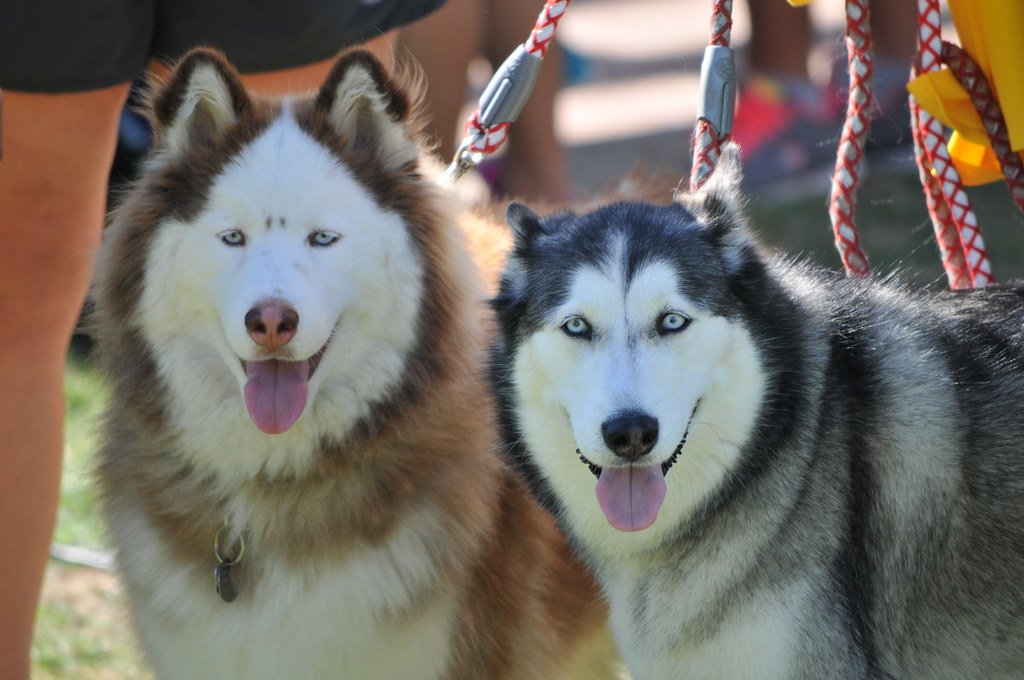Huskies are undeniably stunning with their wolf-like looks and piercing eyes—but for first-time dog parents, they can be a handful. These dogs are packed with energy, demand loads of exercise, and have a strong stubborn streak that makes training a real challenge. They’re also escape artists who can scale fences and dig their way to freedom. On top of that, their thick double coat sheds constantly and needs regular grooming. Without the right structure, a Husky can easily become destructive or unruly. They’re not the type to lounge around all day—they thrive on adventure. So, while they may look like a dream dog, they’re often better suited for experienced owners who are ready for the ride.
The Irresistible Allure of the Husky: A Dream or a Mirage?
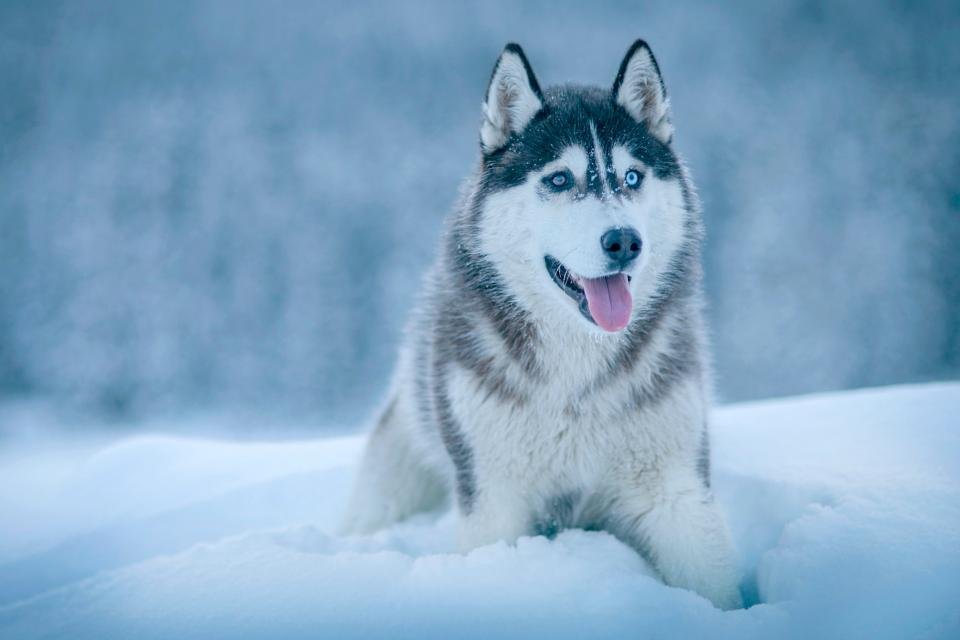
It’s hard to resist those icy blue eyes, expressive faces, and thick, plush coats. Huskies look like something straight out of a wintry fairytale. Their striking wolf-like appearance has captured countless hearts, especially with their recent popularity on social media. But what many first-time dog parents don’t realize is that this alluring exterior hides a whirlwind of unique challenges. The fantasy of cozy cuddles beside a crackling fireplace often crashes into reality with chewed furniture, muddy paw prints, and escape attempts that would make Houdini jealous.
Many new owners fall in love with the idea of the perfect Instagram companion, only to find themselves overwhelmed and exhausted. Huskies are not just pretty faces—they’re complex, energetic, and sometimes downright overwhelming. If you’re thinking about making a Husky your first dog, you might want to buckle up for a wild ride. Sometimes, what looks magical from a distance is much messier up close.
The Energy Explosion: More Than Just Walks in the Park

Imagine a living room tornado with fur. That’s a Husky on a slow day. These dogs have energy reserves that seem almost supernatural. Originally bred for sledding across frozen tundras, Huskies need vigorous exercise—think hours, not minutes, each day. A simple stroll around the block won’t even scratch the surface. When they don’t get that outlet, you can expect mischief, destruction, and a level of chaos you never thought possible.
For first-time owners, this energy can be utterly overwhelming. If you work long hours or prefer a quieter lifestyle, a Husky’s relentless need to run and play may leave you feeling guilty and drained. They’re not content with a quick game of fetch; they need adventure, stimulation, and room to sprint. Without it, they’ll find their own ways to burn off steam, and you might not like their creative solutions.
The Great Escape Artists: Secure Your Fences
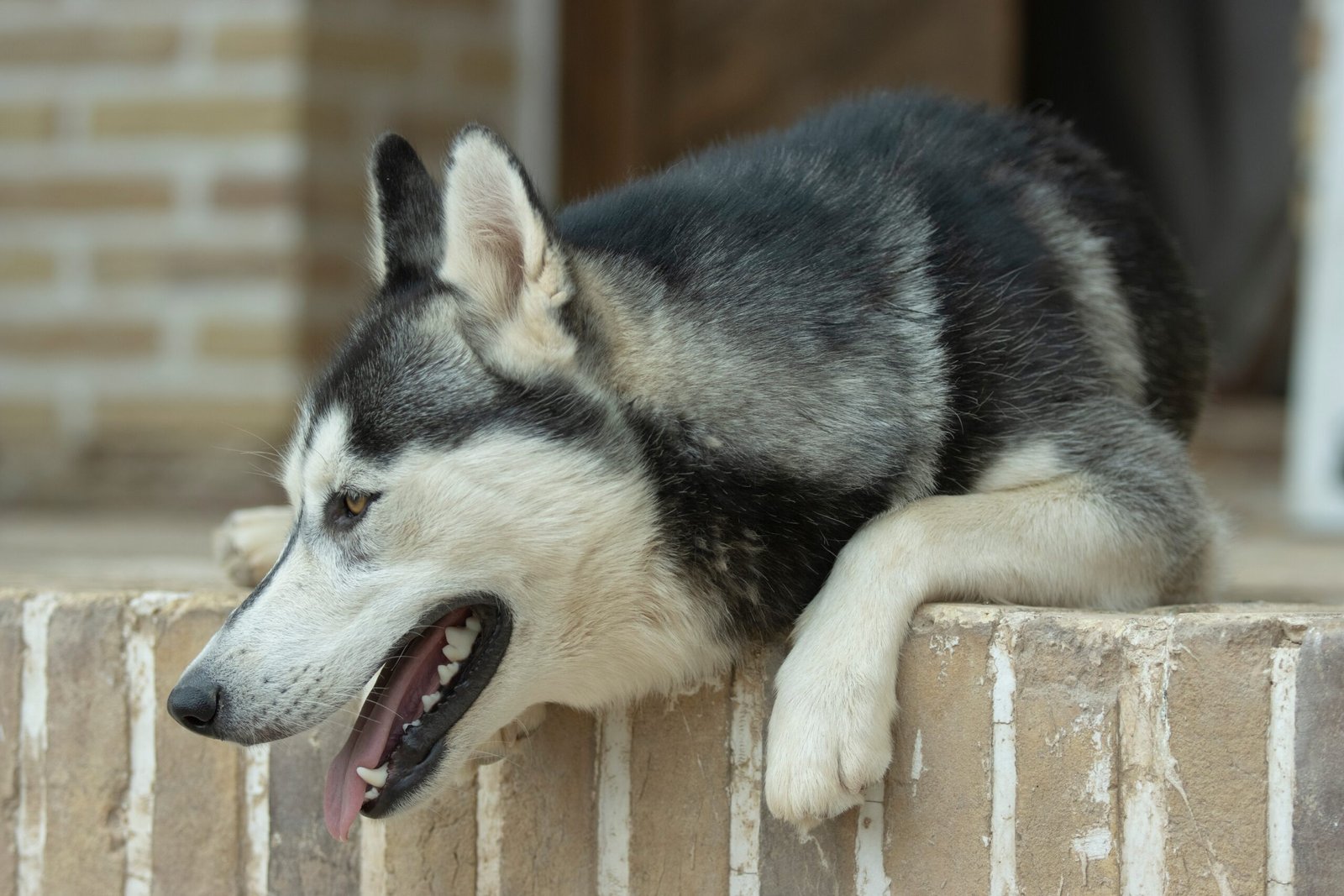
Huskies are born escape artists. They don’t just jump, they soar. If you think your backyard is secure, think again. These dogs are notorious for finding weak spots, digging under fences, and even scaling six-foot barriers with shocking ease. Some owners have compared them to furry little ninjas, always plotting their next breakout.
This constant drive to explore can be a nightmare for the unprepared. First-time dog parents may underestimate just how clever and determined a Husky can be. You’ll need to invest in ultra-secure fencing, constant supervision, and maybe even a GPS tracker for peace of mind. The anxiety of a missing pet is real, and Huskies seem to have a sixth sense for sniffing out freedom at the worst possible times.
The Stubborn Streak: Not for the Weak-Willed
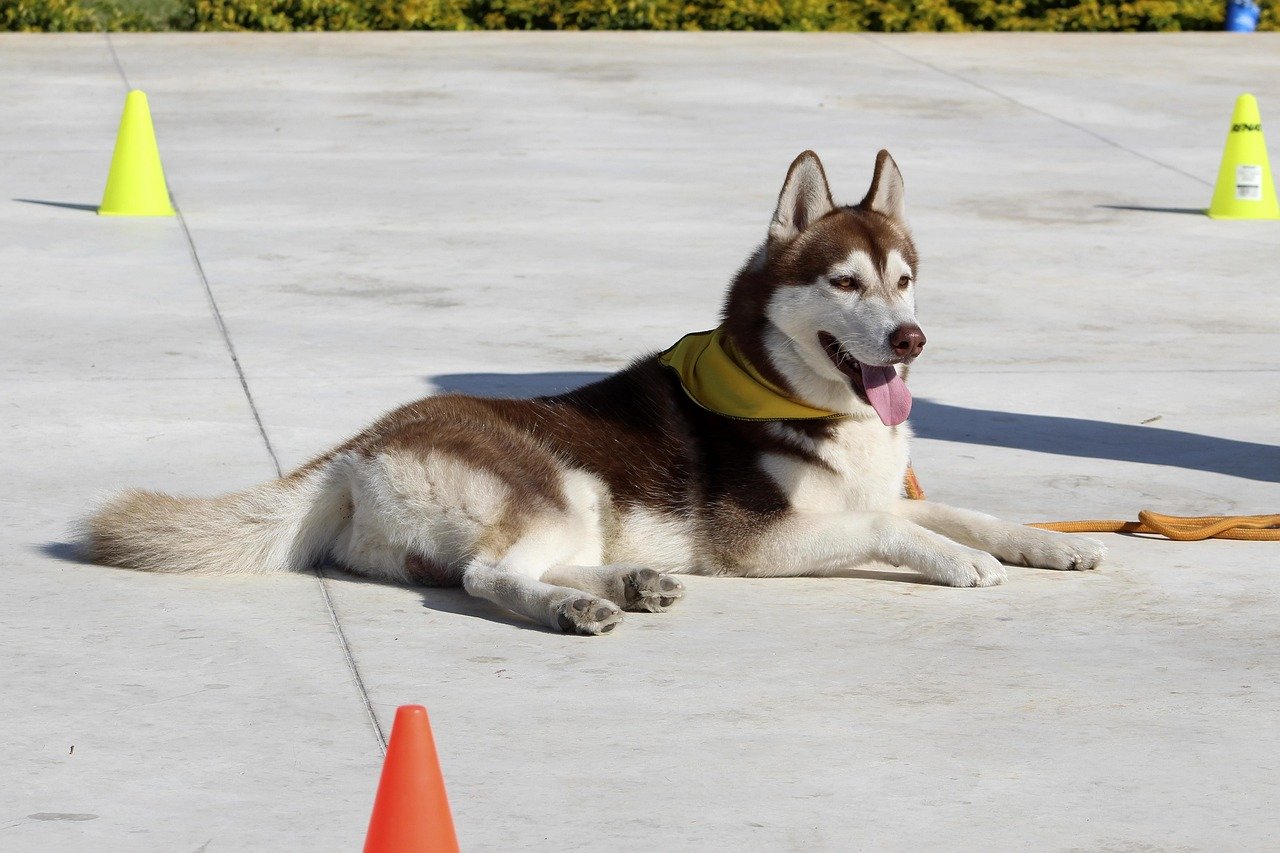
Training a Husky is not for the faint-hearted. These dogs are fiercely independent and often question authority. “Come” becomes a suggestion, not a command. While they are highly intelligent, their smarts are paired with a stubborn streak that can leave even seasoned trainers pulling their hair out.
For new dog owners, this can be a crushing blow to confidence. Positive reinforcement, patience, and consistency are essential—and even then, progress can be slow. If you’re expecting instant obedience, a Husky will quickly teach you that mutual respect takes time and effort. Sometimes, you just have to laugh at their antics and remind yourself that you’re dealing with a dog who thinks for themselves.
The Vocal Symphony: Not Your Quiet Companion
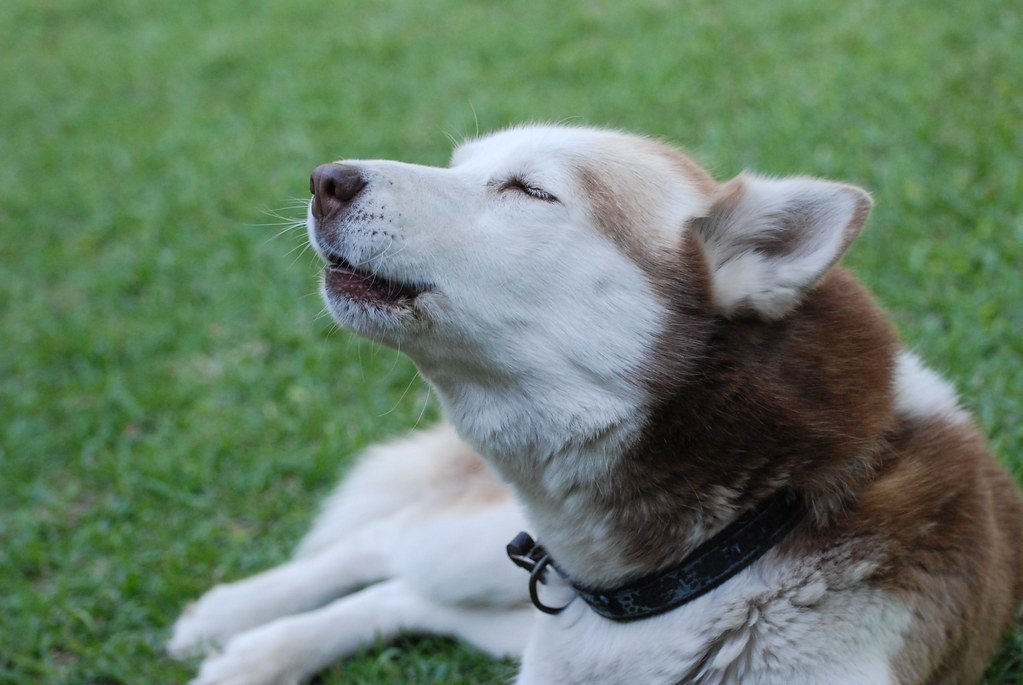
If peace and quiet are your top priorities, Huskies might just shatter that dream. These dogs are famous talkers. They howl, yodel, whine, and “talk back” to their humans with a wild range of sounds. Some find it charming, others downright maddening—especially if you live in close quarters or have noise-sensitive neighbors.
This vocal nature isn’t just occasional; it’s part of their daily routine. Huskies use their voices to communicate excitement, boredom, frustration, or just about anything else. First-time owners often find themselves apologizing to the neighbors or investing in earplugs. If you’re not ready for a home filled with lively conversation, a Husky’s vocal stylings might quickly wear thin.
The Shedding Storm: Fur Everywhere, All the Time
Prepare for fluff—mountains of it. Huskies blow their coats twice a year, and when they do, it looks like a snowstorm hit your living room. Even outside of shedding season, their thick double coat releases a steady stream of fur. No matter how much you vacuum, brush, or sweep, there will always be more.
First-time dog parents are often shocked by just how much maintenance goes into keeping a Husky (and your house) clean. Black clothes become a distant memory, and lint rollers turn into your best friends. If you have allergies or a low tolerance for mess, this constant battle with fur can become a real source of stress.
The Pack Mentality: Loneliness Is Their Enemy
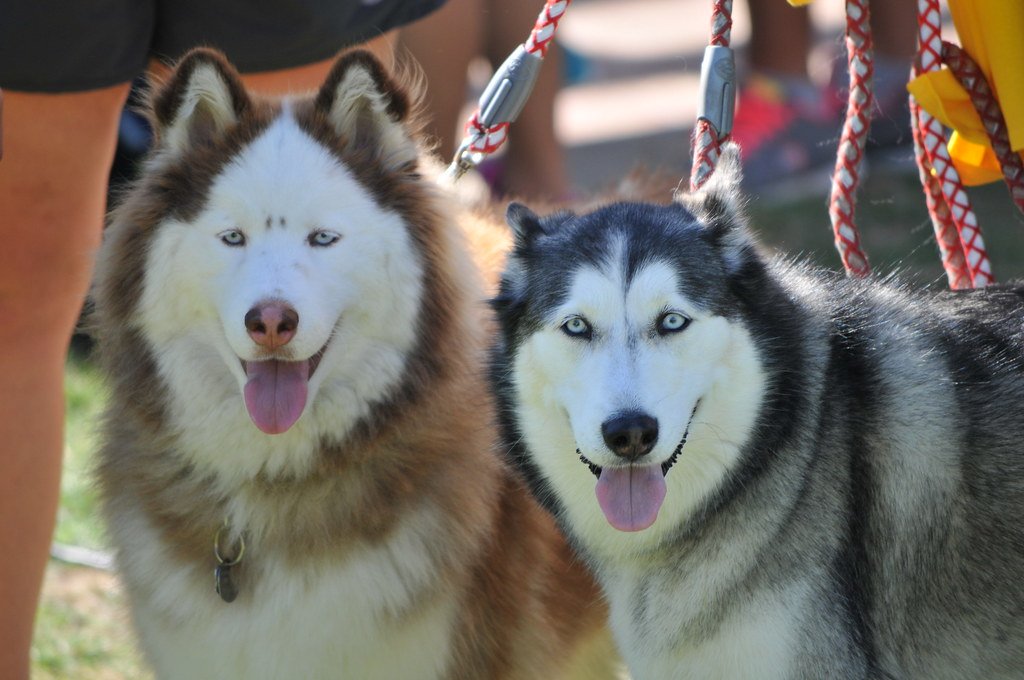
Huskies are pack animals through and through. They thrive on company—whether it’s from humans, other dogs, or even the family cat. Left alone for long periods, they quickly become bored, anxious, and destructive. Separation anxiety is a real concern, often leading to howling, chewing, and even attempts to escape.
If you work full-time or have a busy social life, a Husky’s intense need for companionship can be a tough hurdle. They don’t just want your attention—they need it. The guilt of leaving a lonely, stressed Husky at home can eat away at even the most well-intentioned owner. It’s a heavy responsibility that shouldn’t be taken lightly.
The Prey Drive: Squirrels Beware

Underneath that fluffy exterior lies a keen and sometimes relentless prey drive. Huskies were bred to hunt and survive in harsh conditions, and those instincts haven’t faded. Cats, rabbits, squirrels, and even small dogs can trigger their chase reflex in a heartbeat.
Walking a Husky off-leash is a gamble, as their desire to chase often overrides their recall training. First-time owners may underestimate just how determined a Husky can be once they spot potential “prey.” Secure leashes, attentive supervision, and a watchful eye are non-negotiable if you want to keep everyone safe.
The Dietary Dilemma: Picky Eaters and Sensitive Stomachs
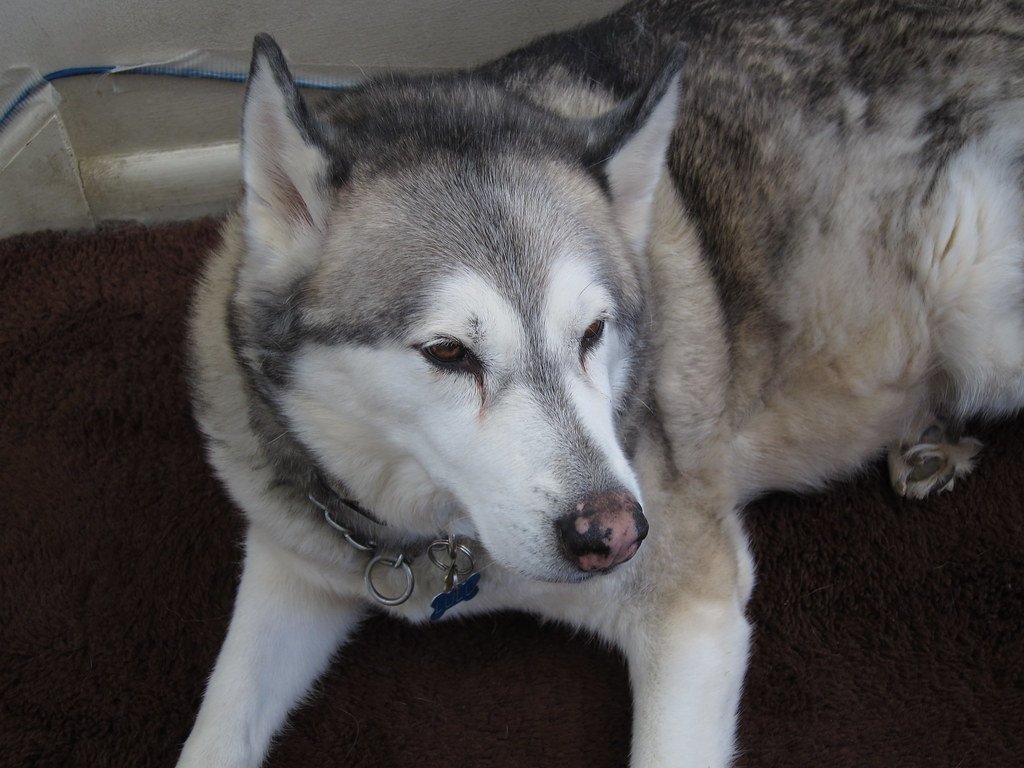
Feeding a Husky isn’t always as simple as pouring kibble into a bowl. Many Huskies have sensitive stomachs or are surprisingly picky eaters. Some develop food allergies or need higher-quality diets to maintain their health and energy levels. Others may simply turn up their noses at whatever you offer.
This can be frustrating and expensive for first-time dog parents. It often takes trial and error to find the right food, and you may end up consulting with vets or canine nutritionists. The dream of an easy mealtime routine can quickly dissolve into a cycle of experimenting with new brands just to keep your Husky happy and healthy.
The Health Hurdles: Vet Visits and Expenses
While Huskies are generally robust, they’re not immune to health issues. Hip dysplasia, eye problems, and certain skin conditions are relatively common in the breed. Regular check-ups, vaccinations, and occasional emergency visits all add up, and the bills can be quite a shock to the unprepared owner.
For first-time dog parents, the reality of unexpected health challenges can be both emotionally and financially draining. Pet insurance helps, but it’s not a magic bullet. Being responsible for a Husky’s well-being means staying vigilant, prepared, and willing to invest in their ongoing health.
The Social Butterfly: Not Always a Guard Dog
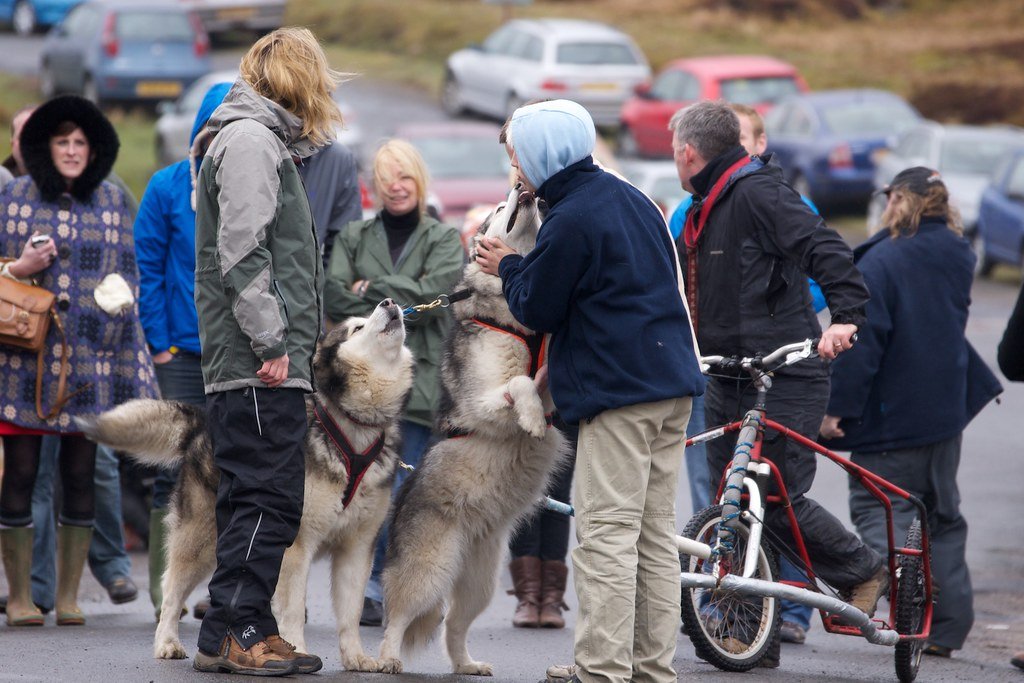
Don’t count on your Husky to protect your home. Despite their imposing looks, most Huskies are notorious for being friendly with just about everyone—including strangers. They’re more likely to greet an intruder with a wagging tail than a warning bark. This outgoing nature is part of their charm, but it can be a surprise for those hoping for a protective companion.
First-time owners looking for a loyal, watchful guard dog may be disappointed. Huskies excel at making friends, not enemies. Their sociability means they need plenty of opportunities to interact with people and dogs. Isolation can lead to stress and behavioral problems, so their outgoing personalities require an owner who’s ready to encourage positive social experiences.
The Financial Reality: More Than Just the Purchase Price
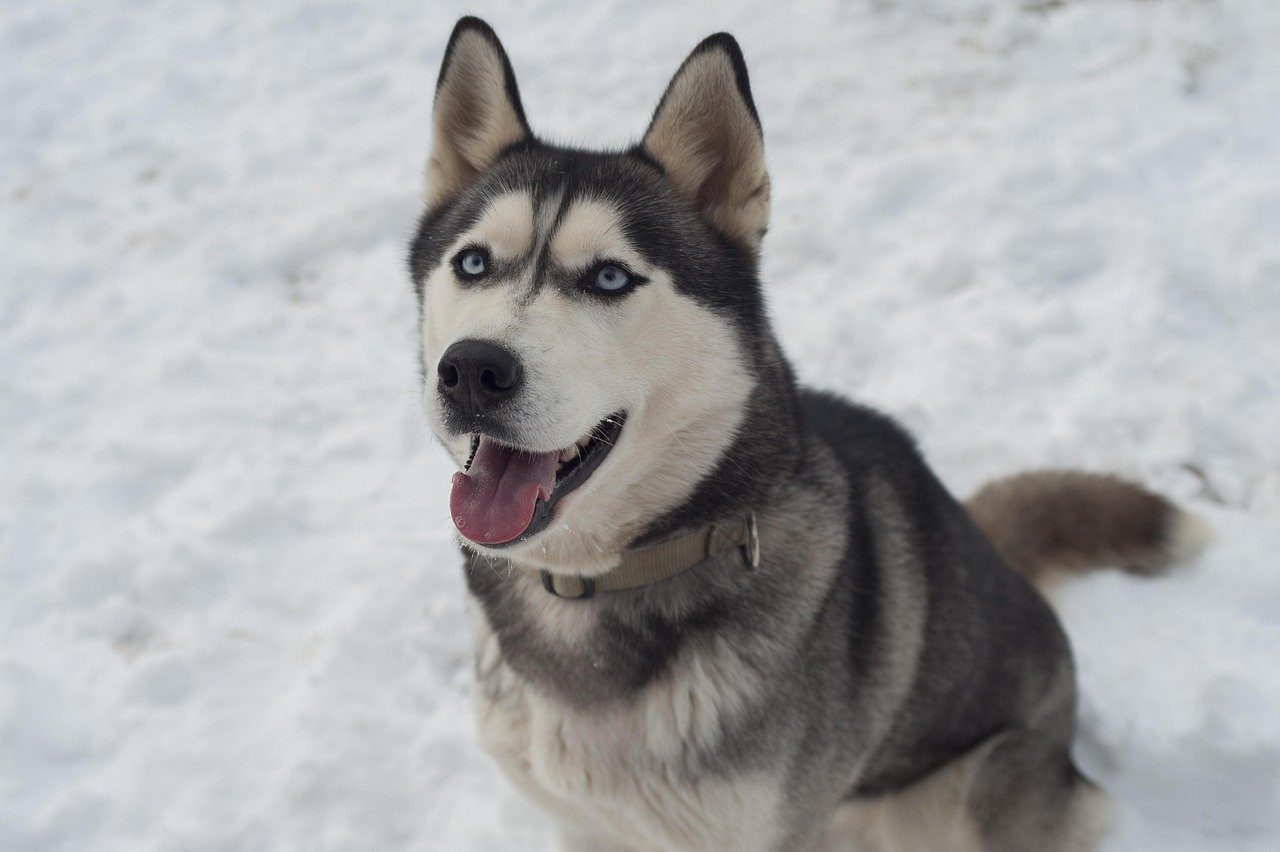
Buying a Husky is just the tip of the iceberg. The true cost lies in their ongoing care—food, grooming, training, fencing, toys, vet bills, and more. Huskies can rack up expenses quickly, and first-time owners may be caught off guard by just how much it takes to keep them happy and healthy.
Budgeting for a Husky means expecting the unexpected. From chewed-up furniture to emergency vet visits, the costs add up fast. It’s not just a matter of affording the dog itself; it’s about having the resources to meet all their needs, every day. The financial commitment is real, and it’s something every potential owner should consider carefully.
Conclusion- The Commitment Factor: Are You Ready for the Long Haul?
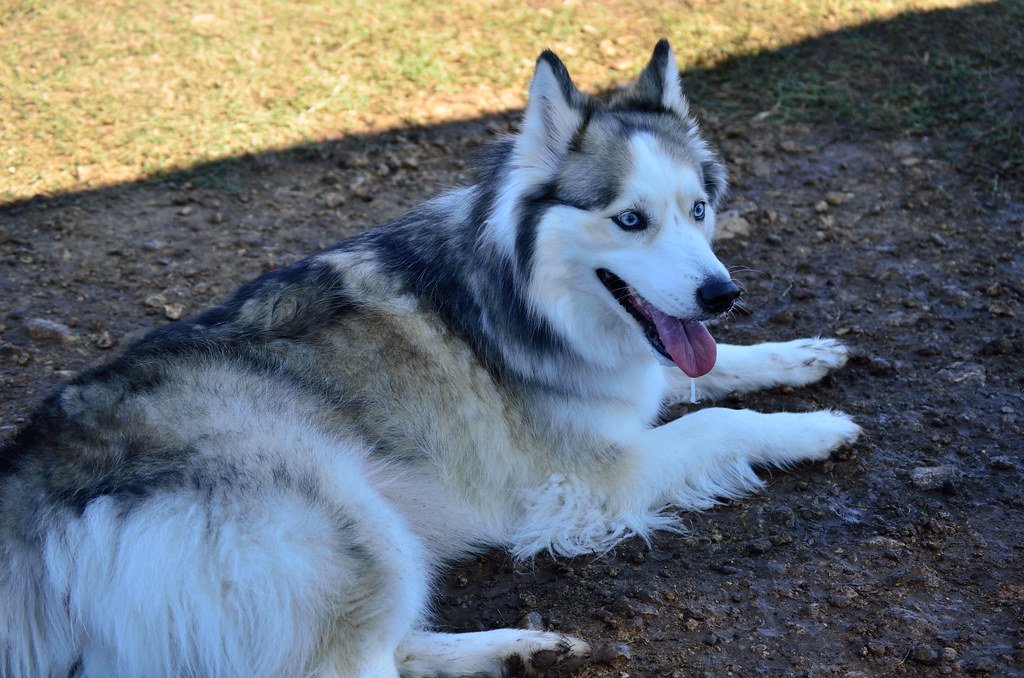
Huskies live for 12 to 15 years, sometimes even longer. They’re not just a passing phase or a cute puppy for a season—they’re a long-term commitment. Their needs, quirks, and challenges don’t disappear as they age; in fact, they can become even more demanding with time.
First-time dog parents must ask themselves if they’re truly ready for the journey ahead. A Husky’s loyalty and love are unparalleled, but so are the demands of their care. It’s a marathon, not a sprint, and the decision to bring a Husky into your home should never be made lightly. Are you prepared for a decade or more of adventure, chaos, and companionship?

Linnea is a born and bred Swede but spends as much time as possible in Cape Town, South Africa. This is mainly due to Cape Town’s extraordinary scenery, wildlife, and atmosphere (in other words, because Cape Town is heaven on earth.) That being said, Sweden’s majestic forests forever hold a special place in her heart. Linnea spends as much time as she can close to the ocean collecting sea shells or in the park admiring puppies.

